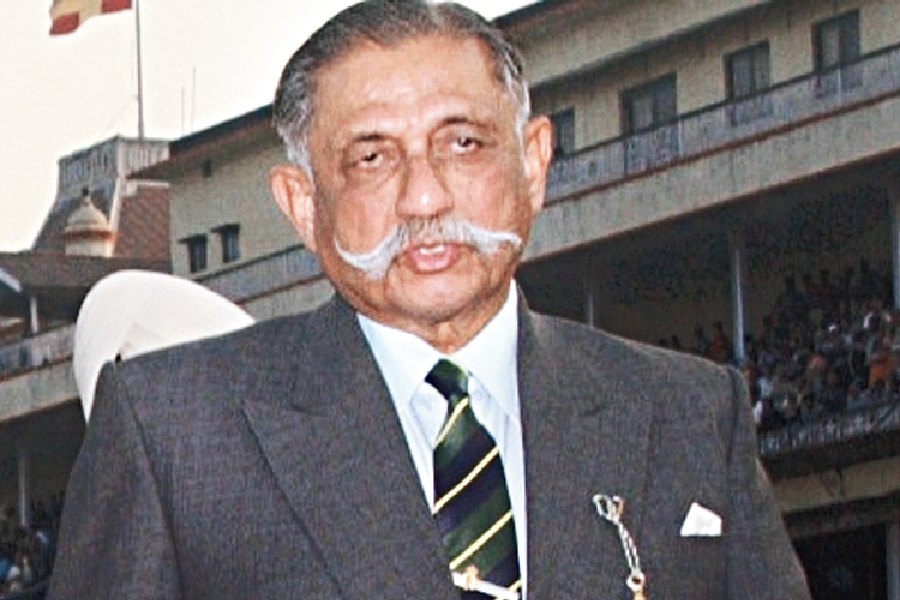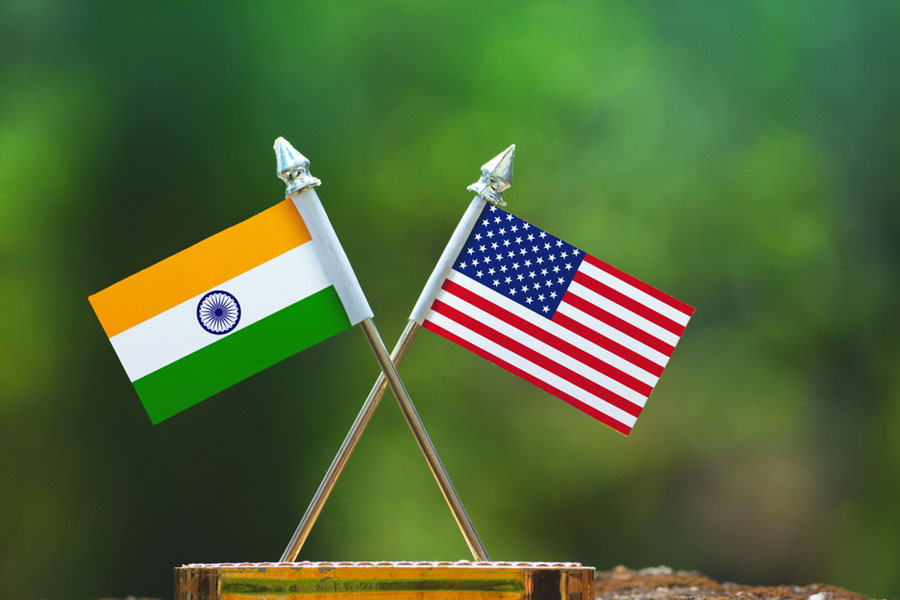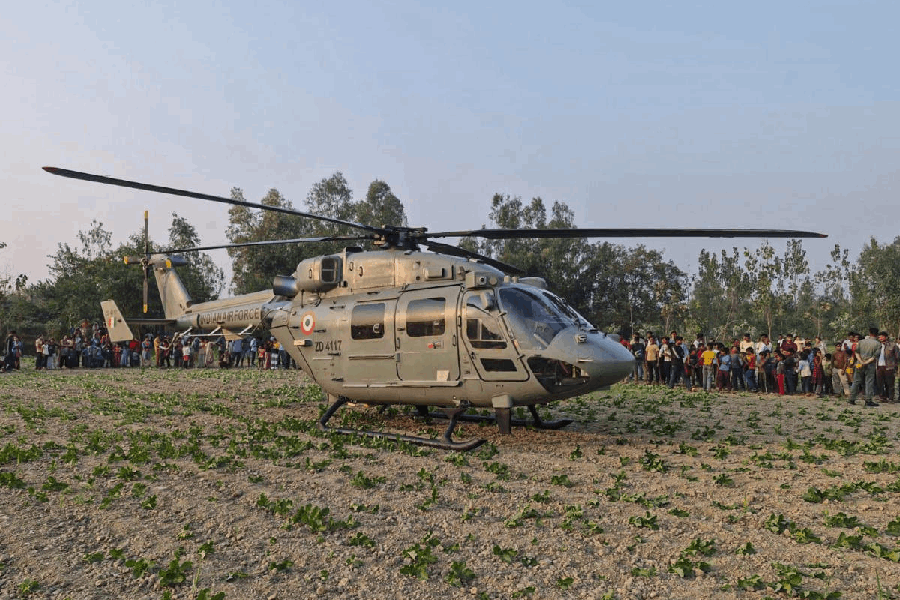Baffle walls were erected outside windows, trenches were dug along roads, motorists were asked to zigzag their way and there would be sudden blackouts.
Between World War II and the Bangladesh Liberation War in 1971, Calcutta had been through regular wailing of sirens as part of a war or preparations for one.
Former army chief Shankar Roychowdhury recalled that during World War II, air raid precaution (ARP) wardens would go around Calcutta armed with whistles and torches and warn residents to be aware of ongoing air raids and take necessary precautions.
“As a school boy, we would listen to the blowing of whistles by ARP wardens outside our house in Calcutta,” Gen. Roychowdhury said. “Some of these wardens also helped build baffle walls, close to windows, to prevent residents from receiving splinter injuries during bombings or bullets during firing.”
Some of those who witnessed both — and lived through the India-China war in 1962 and the India-Pakistan war in 1965 — recalled how sirens would go off from different buildings, including the Metropolitan Building in Chowringhee, the ones in Boi Para on College Street and Howrah, mostly at night.
Residents would rush to the ground floor, stay huddled and crouched until an all-clear signal would be given.
“Wailing sirens meant lights would have to go off. We had to take siren drills,” recalled Chandra Sekhar Bose, a 103-year-old Salt Lake resident. “We had our windows covered with long cloth strips, like bandages. During the Liberation War, there would be sudden blackouts. Everyone carried torches. A flood of refugees kept swarming the city. The sirens would go off once in a while. We had to dim our lights. Wartime and sirens were synonymous.”
During World War II, separate trenches would be built for the Indians and the British, recalled Gen. Roychowdhury, whose father worked with the Imperial Bank in Dehradun. “As a young boy, I never had to enter the trenches. But I remember seeing many people going inside. If required, they would have to be built now in Calcutta,” Gen Roychowdhury said.
The country’s 18th Chief of Army Staff in the mid-1990s advised Calcuttans that if things come to such a state as a war, people should try to stay closer to the ground, particularly those living in high-rise buildings.
“The windows should be blacked out, the lights should be put off after the warnings and do keep torches at hand. Much of it is common sense, including learning how to move in the darkness and embracing the possibility that the crime rate could rise.”
Several senior army officers said it’s one thing to remain prepared for an air strike and be under one.
“During the 1965 war, I was under one. I was riding a Jeep in the Akhnoor sector in Jammu and Kashmir when my driver spotted a Sabre jet strike for the first time. There was a cloud of explosion after the strike,” Gen Roychowdhury said.
“We were then told that if you are not inside a tank and on a Jeep, you drive in circles to avoid being air-hit. A PWD guesthouse where senior officers from Bangalore would put up was ravaged by an air strike during the war.”
Senior officers in the army and air force said that while measures like digging trenches and switching off lights help, the rules of the game have changed since the Liberation War in 1972 and more so after the 1999 Kargil War.










